If you’ve been following Mobility you’ve probably read a blog or browsed a website touting the importance of the transformation to 5G. Research 5G a bit further and you’re likely to find volumes of information about the evolution of the radio access network (RAN) and exciting possibilities with virtualization. Such a large offering of cutting edge technology might even leave you asking yourself, “What’s the business justification for one of the most extensive transformations that mobile networks have ever experienced?”
The interest in moving to 5G is driven by a major shift in service demand. Some of the new services being addressed with 5G technologies are:
- Broadband Access Everywhere – 1Gbps per user device with Hyper Dense Coverage
- Massive Scale for IoT – Billions of new sensors, meters and other smart devices
- Ultra-Reliable Communications – for E-Health, Disaster Response, and critical IoT
- Broadcast-like Services – New forms of Media
For more information on 5G download our new ebook and see our 5G White Paper Series here.
A quick scan of this eBook will provide several examples of key 5G technologies that are required in addition to the RAN. While Aeneas Dodd-Noble blogged on enhancements to the Mobile Core and Mark Grayson blogged on requirements for Heterogeneity, I’m going to tee up xHaul as the third critical challenge of deploying 5G.
5G will drive new network requirements across the fronthaul and backhaul portions of your network. Some of the key new xHaul service requirements for 5G are:
- High bandwidth – up to 1 Gbps per user and 10 Gbps to the cell tower
- Low Latency – for Ultra-Reliable services like remote manufacturing, E-Health, etc.
- Network Slicing – Grouping network resources at the Application and SLA level
- Operational Simplicity – for Agility thru high levels of Automation
- And High Scale, Reliability and Security requirements for specific services
xHaul involves the bringing together of existing backhaul and fronthaul networks to create a unified IP network. This unified approach to transport will provide support for key timing issues, like phase and frequency, as well as huge increases in network scale. The xHaul network must also be application aware and fully automated all the way from the end user to that user’s desired service or content. This mandates that the 5G network supports network slicing to carve out xHaul network resources by application and SLA. It also means that these xHaul resources are fully automated, model driven and programmable to deal with much higher levels of real time service transition or churn and some very specific latency demands.
We see 5G as a major network transition. Although 5G RAN standards will not be ratified until 2020, much can be accomplished now in preparation for the 5G RAN availability. xHaul networks are just one of the major 5G puzzle pieces that can begin that transition today. Many xHaul network migrations don’t have to trigger episodes of “rip and replace”. xHaul is a prime example of the need to complete a readiness assessment and an action plan. Cisco is eager to partner in this evaluation and describe some of the new features and solutions like Agile Carrier Ethernet, Segment Routing, EVPN, streaming telemetry, orchestration and many more that could compliment your existing xHaul network while also preparing you for the future.

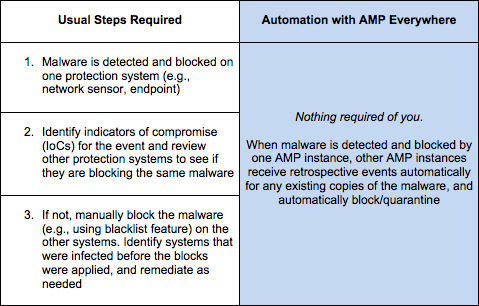


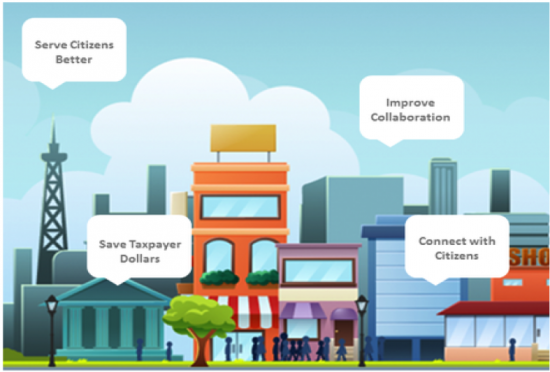
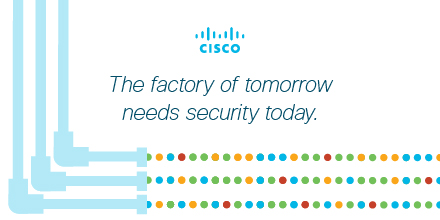
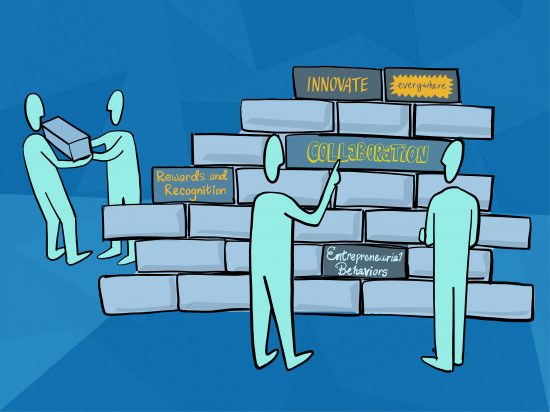

 Written by Tim Brophy, Product Manager Cable Access Business Unit
Written by Tim Brophy, Product Manager Cable Access Business Unit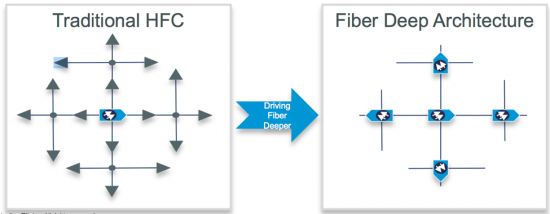
CONNECT WITH US